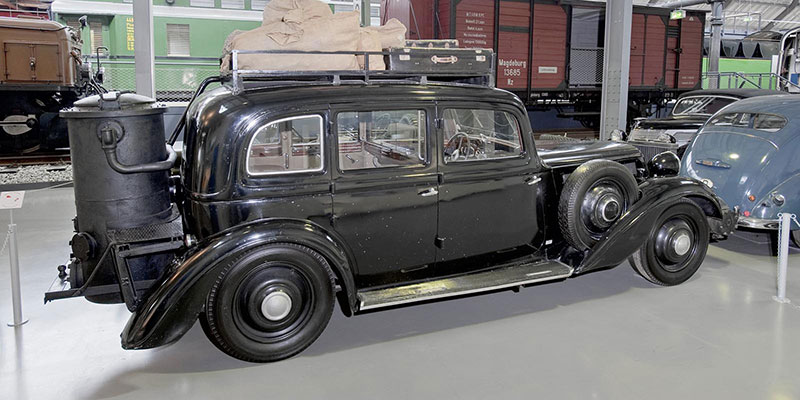The first experiments on gasification were conducted in 1699 by Dean Clayton. In 1840 the first commercial gasifier was built in France and in 1861 the introduction of an innovative model of gasifier consecrated Siemens as a brand related to energy. In the 1930s, various European countries also exploited gasification for the automotive market, and it was not unusual to see vehicles that used gas systems instead of a normal engine.
In 1939 Sweden even boasted 90% of the circulating car fleet operated by gas-fired gas. After the Second World War the technology was set aside given the abundance of oil knowing a new “gold” period during the 70’s. In recent decades, several new technologies have been developed regarding biomass and waste gasification, usually for plants of large size.
It is an endothermic chemical process thanks to which solid carbon-rich fuels are converted into a synthesis gas. Therefore, low value organic substances can be converted into a versatile product with a higher calorific value and cleaner.
The gas produced is a mixture whose main components are carbon monoxide (CO), carbon dioxide (CO2) and hydrogen (H2) with traces of methane (CH4) more or less consistent depending on the raw material used.
In our plants we have opted to adopt a rotating fluidized bed counter current oven: ideal for the most different kind of matrices.
The purpose of gasification is the transformation of a solid material of little economic and energy value into synthesis gas: the partial combustion that occurs during gasification develops only 20-30% of the heat actually obtainable through complete oxidation. This means that syngas has 70 - 80% of the calorific value of the original fuel.
The gas produced has different compositions according to both the treated matrices and the technology used for its production, as well as the different gasifying current used (air, oxygen, steam). There are also numerous pollutants. Their content must necessarily be reduced both for environmental reasons and to avoid influencing or damaging the subsequent processes to which the gas is subjected. We break them down using mainly cavitation and sending the non-breakable contaminants directly to the plasma torch.












